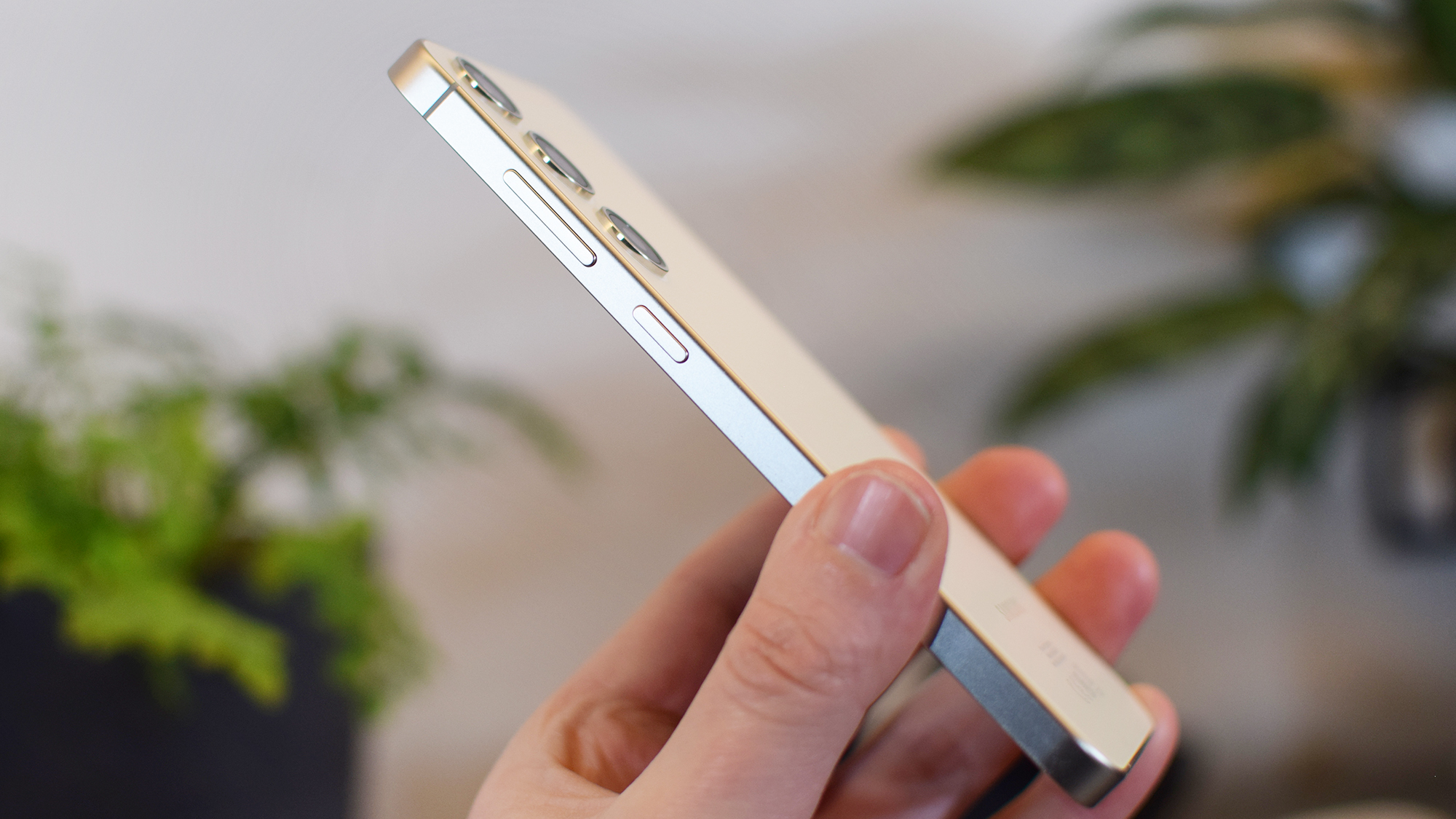What is an MVP?
Let’s imagine you’ve found an idea for a novel product, or you found a need in the market that is poorly fulfilled or not fulfilled at all. That’s a fantastic opportunity! But… how can you be sure? Will your idea be successful? Will enough people like it and use it for it to thrive? The lean startup methodology states that one way to verify it is by building an MVP. An MVP, or Minimum Viable Product, is a product with just enough features to allow users to experience its core functionality. The main goal is to test the market fit as quickly and efficiently as possible, by gathering feedback from the users and using that feedback to iterate and improve the product. The premise is that a very small group of early visionary customers will guide your product features until you find a profitable business model. Rather than asking customers explicitly about features X, Y, or Z, one approach to defining the minimum features set is to ask, “What is the smallest or least complicated problem that the customer will pay us to solve?”. - Steve Blank There are several key aspects involved in building an MVP that you should take into account. The first one is the hypothesis. It’s your idea of a novel product or the need in the market you identified as lacking or poorly fulfilled. If you don’t have an hypothesis then there’s no point in building something you want to prove. The second one is identifying what features are essential for validating your hypothesis. There third one is the time frame. An MVP should not take more than 3 months. If it does then it’s probably already too big (and thus too expensive). LinkedIn’s founder once said: If you’re not embarrassed by the first version of your product, you’ve launched too late. The fourth aspect is task prioritization. Never lose focus on your users and their needs. Test, measure, analyze, and pivot. Avoid making whimsical, unfounded decisions. If we want to build a succesful product, useful for a lot of users, we have better chances of doing so by having tons of features so everyone could potentially find something they want or like in our product, right? The problem with this approach is that you will lack feedback until you’ve built the entire product and invested a lot of effort and money, and it will be already too late to pivot if this isn’t the right hypothesis. The ultimate goal of the MVP is to validate a falsifiable hypothesis as soon as possible. Want to know more about building an MVP? Take a look at our MVP/Product-building service or stay tuned to our blog in the next couple of weeks.

Let’s imagine you’ve found an idea for a novel product, or you found a need in the market that is poorly fulfilled or not fulfilled at all. That’s a fantastic opportunity! But… how can you be sure? Will your idea be successful? Will enough people like it and use it for it to thrive?
The lean startup methodology states that one way to verify it is by building an MVP.
An MVP, or Minimum Viable Product, is a product with just enough features to allow users to experience its core functionality. The main goal is to test the market fit as quickly and efficiently as possible, by gathering feedback from the users and using that feedback to iterate and improve the product.
The premise is that a very small group of early visionary customers will guide your product features until you find a profitable business model. Rather than asking customers explicitly about features X, Y, or Z, one approach to defining the minimum features set is to ask, “What is the smallest or least complicated problem that the customer will pay us to solve?”. - Steve Blank
There are several key aspects involved in building an MVP that you should take into account.
The first one is the hypothesis. It’s your idea of a novel product or the need in the market you identified as lacking or poorly fulfilled. If you don’t have an hypothesis then there’s no point in building something you want to prove.
The second one is identifying what features are essential for validating your hypothesis.
There third one is the time frame. An MVP should not take more than 3 months. If it does then it’s probably already too big (and thus too expensive). LinkedIn’s founder once said: If you’re not embarrassed by the first version of your product, you’ve launched too late.
The fourth aspect is task prioritization. Never lose focus on your users and their needs. Test, measure, analyze, and pivot. Avoid making whimsical, unfounded decisions.
If we want to build a succesful product, useful for a lot of users, we have better chances of doing so by having tons of features so everyone could potentially find something they want or like in our product, right? The problem with this approach is that you will lack feedback until you’ve built the entire product and invested a lot of effort and money, and it will be already too late to pivot if this isn’t the right hypothesis.
The ultimate goal of the MVP is to validate a falsifiable hypothesis as soon as possible.
Want to know more about building an MVP? Take a look at our MVP/Product-building service or stay tuned to our blog in the next couple of weeks.





















